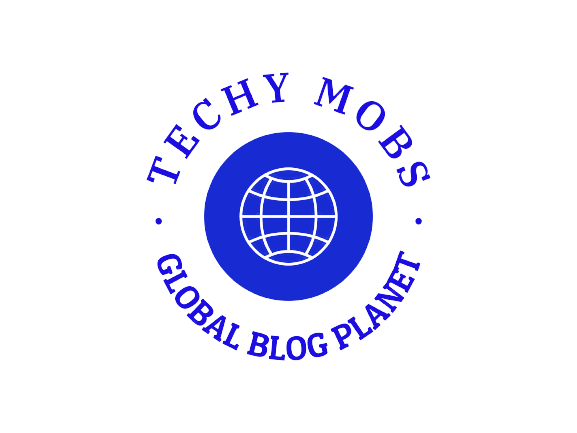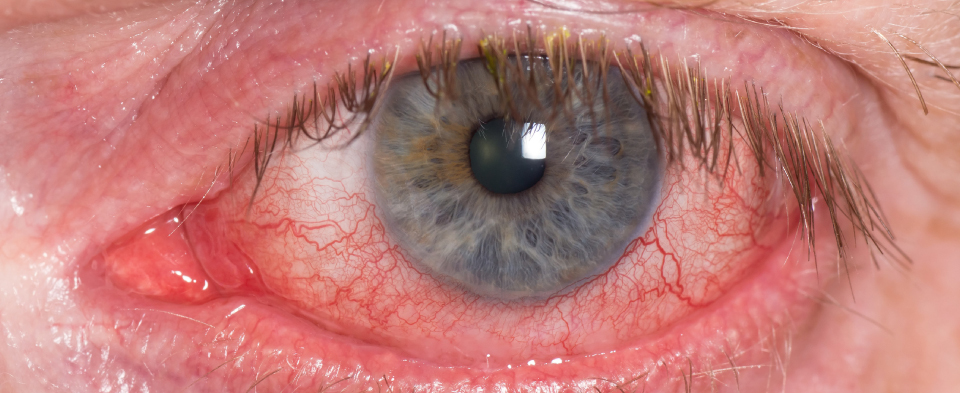The retinal vein occlusion market has witnessed significant growth over the years, and it’s poised to continue this trend from 2024 to 2032. In 2023, the market was valued at an impressive USD 12.4 billion, primarily fueled by the increasing incidence of retinal vein occlusion among the geriatric population. As we delve into the market outlook, report overview, dynamics, segmentation, recent developments, and more, you’ll gain a comprehensive understanding of the factors driving this growth.
Market Outlook
The retinal vein occlusion market is set to experience robust growth from 2024 to 2032, with a projected compound annual growth rate (CAGR) of 13.03%. This growth is expected to catapult the market value from USD 14 billion in 2024 to a staggering USD 37.2 billion by 2032. Several key factors are contributing to this promising outlook.
Report Overview
The comprehensive report covering the 2024-2032 period provides a deep dive into the retinal vein occlusion market. It encapsulates the market size, dynamics, segmentation, recent developments, component insights, end-user insights, regional insights, key players, market trends, industry news, and application insights.
Market Size
The market size is one of the most significant indicators of the industry’s health and potential. In 2023, the retinal vein occlusion market reached a value of USD 12.4 billion. However, this is just the beginning. By 2024, the market is expected to grow to USD 14 billion, and this ascent will continue steadily, eventually reaching USD 37.2 billion by 2032. This remarkable growth is fueled by various factors, including an aging population and advancements in medical technology.
Market Dynamics
Understanding the dynamics of the retinal vein occlusion market is crucial for making informed decisions. The primary drivers of this market’s growth include:
- Aging Population: With the global population aging at an unprecedented rate, the incidence of retinal vein occlusion is on the rise. This demographic shift is a significant factor in the market’s growth.
- Technological Advancements: Continuous advancements in diagnostic and treatment options have opened up new avenues for managing retinal vein occlusion, attracting both patients and healthcare professionals.
- Rising Awareness: Increasing awareness about the condition, its symptoms, and available treatments has led to early diagnosis and better management.
- Increasing Healthcare Expenditure: The growing healthcare expenditure worldwide, coupled with better access to healthcare facilities, has fueled the demand for treatments related to retinal vein occlusion.
Segmentation
The market can be segmented based on various factors, such as type, treatment, end-users, and region. Understanding these segments provides valuable insights into the market’s composition.
- Type: The market can be segmented into central retinal vein occlusion (CRVO) and branch retinal vein occlusion (BRVO). Each type may require different treatment approaches, leading to specific market dynamics.
- Treatment: Treatment options include anti-VEGF drugs, laser therapy, and surgical interventions. The choice of treatment often depends on the severity of the condition and the patient’s specific needs.
- End-users: Key end-users include hospitals, ophthalmic clinics, and ambulatory surgical centers. Each end-user category has its unique requirements and preferences.
- Region: The market varies by region due to differences in healthcare infrastructure, prevalence rates, and patient demographics. Key regions to watch include North America, Europe, Asia-Pacific, and the Rest of the World.
Recent Developments
Keeping an eye on recent developments is essential in understanding the trajectory of the retinal vein occlusion market. Notable advancements include:
- Gene Therapies: The development of gene therapies for retinal vein occlusion holds great promise in providing more effective and long-lasting treatments.
- Personalized Medicine: Advances in genetic testing and personalized treatment plans are tailoring therapies to individual patient needs, increasing treatment success rates.
- Telemedicine: The integration of telemedicine into ophthalmology has improved access to care, especially for those in remote areas.
- AI in Diagnostics: Artificial intelligence is playing an increasingly significant role in early diagnosis and monitoring, leading to better patient outcomes.
Component Insights
Understanding the components of the market is crucial to grasp the intricacies of the industry. Key components include diagnostic equipment, pharmaceuticals, and surgical instruments. Each of these components plays a vital role in the treatment of retinal vein occlusion.
- Diagnostic Equipment: Advanced diagnostic tools like optical coherence tomography (OCT) and fluorescein angiography (FA) are helping clinicians accurately diagnose and monitor the condition.
- Pharmaceuticals: Anti-VEGF drugs such as ranibizumab and aflibercept have become standard treatments for retinal vein occlusion, offering improved outcomes for patients.
- Surgical Instruments: Surgical interventions, such as vitrectomy, are crucial for managing severe cases of retinal vein occlusion and complications.
End-user Insights
Understanding the preferences and requirements of various end-users is essential for stakeholders in the retinal vein occlusion market.
- Hospitals: Hospitals are often the first point of contact for patients with retinal vein occlusion, and they provide a wide range of diagnostic and treatment options.
- Ophthalmic Clinics: Specialized clinics offer targeted care for eye conditions, including retinal vein occlusion, and provide a more personalized approach.
- Ambulatory Surgical Centers: These centers offer surgical interventions for retinal vein occlusion in a more convenient and cost-effective manner.
Regional Insights
The retinal vein occlusion market exhibits regional variations due to differences in healthcare infrastructure, prevalence rates, and patient demographics.
- North America: With a well-established healthcare system and a significant aging population, North America is a prominent market for retinal vein occlusion treatments.
- Europe: Europe follows closely behind, with a strong focus on research and development in ophthalmology.
- Asia-Pacific: The Asia-Pacific region is experiencing rapid growth, driven by an aging population and increasing healthcare expenditure.
- Rest of the World: Other regions are also witnessing growth as awareness and access to healthcare services improve.
Key Players
Several key players dominate the retinal vein occlusion market. These include pharmaceutical companies, medical device manufacturers, and healthcare providers. Some of the notable players in this field include:
- Genentech
- Regeneron Pharmaceuticals
- Allergan
- Novartis
- Bausch Health Companies Inc.
- Zeiss
- Topcon Corporation
- NIDEK CO., LTD.
- Alcon
These companies are at the forefront of research, development, and innovation in the field of retinal vein occlusion treatments.
Market Trends
Keeping an eye on market trends is essential for staying competitive in the retinal vein occlusion market. Some notable trends include:
- Patient-Centric Care: The industry is shifting towards patient-centric care, focusing on improving patient outcomes and quality of life.
- Minimally Invasive Procedures: Minimally invasive surgical procedures are gaining popularity due to their lower risk and faster recovery times.
- Teleophthalmology: Telemedicine and remote monitoring are becoming integral parts of retinal vein occlusion management.
- Global Collaborations: International collaborations and partnerships are driving research and innovation in the field.
Industry News
Staying updated with the latest industry news can provide valuable insights for stakeholders. Recent news in the retinal vein occlusion market includes breakthroughs in gene therapy, FDA approvals for new drugs, and advancements in telemedicine services.
Application Insights
Understanding the real-world application of retinal vein occlusion treatments is crucial. Patients can benefit from these treatments in various ways, including improved vision, reduced risk of complications, and enhanced quality of life.
Frequently Asked Questions (FAQs)
- What is retinal vein occlusion (RVO)?
- Retinal vein occlusion is a condition where one or more veins that carry blood away from the retina become blocked, leading to vision impairment.
- Who is at risk of developing RVO?
- RVO is more common in the elderly, individuals with hypertension, diabetes, or other vascular conditions.
- What are the common symptoms of RVO?
- Common symptoms include sudden vision loss or blurriness, floaters, and distorted vision.
- What are the treatment options for RVO?
- Treatment options include anti-VEGF drugs, laser therapy, and surgical interventions, depending on the severity of the condition.
- How can I prevent RVO?
- Preventative measures include maintaining a healthy lifestyle, managing underlying health conditions, and regular eye check-ups.
- What is the outlook for RVO treatment in the coming years?
- The outlook for RVO treatment is promising, with ongoing research and development, leading to more effective and personalized treatments.





